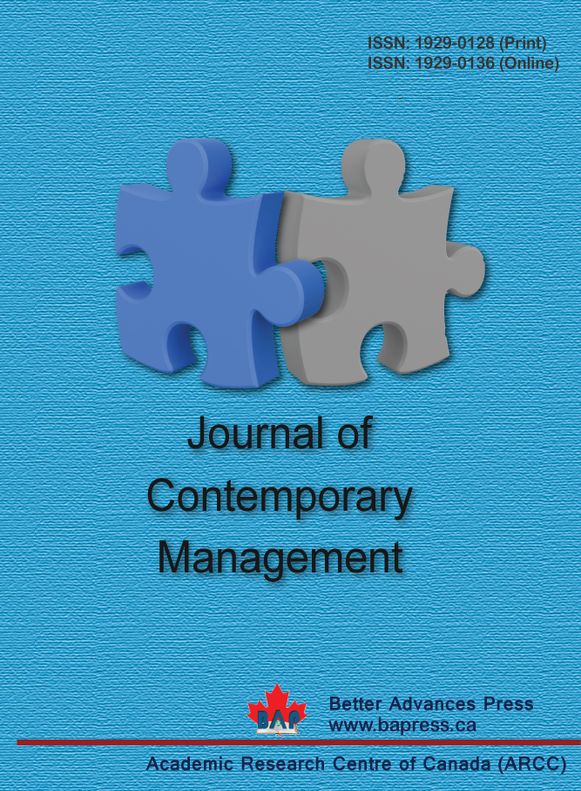Use of Kernel Density and Raster Manipulation in GIS to Predict Population in New Mexico Census Tracts
Abstract:
Shifts in small-area boundaries (such as blocks and tracts) between censuses create a significant challenge for applied demographers wishing to make small-area population projections. To date, most methods for reformulating data across incongruent boundaries have revolved around various methods of areal interpolation and recent research has suggested that this may result in substantial error and bias in small-area population projections. This paper attempts to improve the accuracy with which such transformations are made by introducing the application of kernel density functions based upon raster data within a GIS-based interface. Population density for 1990 and 2000 census are allocated to the level of pixels, which allows nearly infinitesimally small summations to be made that more accurately transfer data across incongruent geographies. Small-area population densities are thereby reconstructed for 1990 and 2000 Censuses then projected forward to 2010. The resulting census tract-level projections are then compared to the results of the 2010 Census in an ex-post-facto evaluation of error and bias. It has been possible to predict census tract population with an overall Mean Absolute Percent Error (MAPE) of 29.51% and a Mean Algebraic Percent Error (MALPE) of 6.92%. Predictions for the 2020 census tract population are then made.
Keywords:
Census tract; Kernel density; Population; Prediction; Projection; Small area
JEL Classification:
C02, C10, C52, C88
Citation as:
Vasan, S., J. Baker, and A. Alcantara(2018). "Use of Kernel Density and Raster Manipulation in GIS to Predict Population in New Mexico Census Tracts", Review of Economics & Finance, 14(4): 25-38.




 This Journal is under the license of CC-BY-SA.
This Journal is under the license of CC-BY-SA.